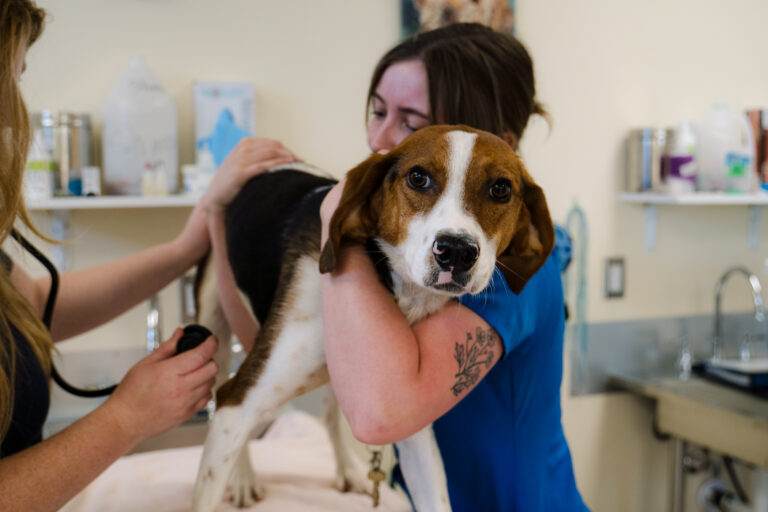There’s no place like home, and nobody knows that more than a shelter pet. Going home—whether to an excited new family or reuniting with their existing family—is the goal for any animal who finds themselves in a shelter.
However, animals don’t always come to shelters adoption-ready. It takes teamwork, planning, and care of many people to get our furry friends their happy endings.
Any well-run animal shelter will tell you that moving cats and dogs through their shelter journeys as efficiently as possible is critical. To do this, organizations engage in pathway planning. In shelter lingo, “pathway” refers to the end outcome for an animal. It could be adopted by a new family or returned to its owner, for example. For community cats, “return to field” is the ideal outcome: Putting them back to their outdoor homes with their cat colonies, or family groups.
At Better Together Animal Alliance, our dedicated Pathway Planner helps outline the steps for any cat or dog in our care. The less time animals stay in the shelter, the more animals a shelter can help. In addition, being in shelters too long can take a toll on the physical and mental health of animals. Shelters are stressful, with lots of noises, smells, and activity. With so many animals in one place, shelter pets are more exposed to contagious illnesses.
With this in mind, here’s a behind-the-scenes look at the process.
First, is intake, or animals coming into the shelter. Common ways animals come in are as owner surrenders (when people bring in pets they can no longer care for) or as strays found by good Samaritans. At Better Together Animal Alliance, our Care Center Representatives help gather the necessary information at intake.
Next, the medical team steps in. Better Together Animal Alliance’s medical team performs an initial exam and gives necessary vaccinations within minutes of arrival. If an animal needs medical care, we address those concerns. Once it is determined that an animal is healthy, they can move to the next phase of their shelter stay.
If an animal was surrendered by an owner, is healthy, and is already spayed/neutered, they can become available for adoption immediately. (We also make sure they are up to date on vaccinations and microchipped.) If they need to be spayed/neutered, we do that before making them available for adoption.
If an animal comes in as a stray, things take a bit longer. State law dictates that stray animals are to be managed by law enforcement (city and county officials). Currently, BTAA is hired by our local county and city entities to fulfill these requirements. Other areas have municipal shelters that are run and managed by the city or county government. Whether an animal shelter is contracted by local government, or run by local government, all have stray holds—minimum amounts of time that they are legally required to keep stray dogs in the shelter to give owners the chance to find their lost pets. Better Together Animal Alliance’s stray holds are five business days (excluding weekends and holidays). We know how deep the human-animal bond is and how important it is to keep families together, so we go above and beyond what is required by the state.
We do everything we can to help reunite pets and their people, including taking pictures of the pet, scanning for microchips, searching our databases, posting the animal on our website and social media, and placing found ads in local newspapers. If, unfortunately, no owner is found by the end of the stray hold, animals then get spayed/neutered and put up for adoption.
Once cats and dogs are available for adoption, our job isn’t done yet—we work hard to keep them healthy and happy in the shelter, while they wait to find their homes. We’re also always thinking of ways to promote our animals and get prospective adopters in our doors.
Throughout the animals’ stay with us, staff and volunteers are working tirelessly to provide all the necessary care—feedings, kennel cleaning, medical treatment, socialization, and walks—every day of the year.
We couldn’t do all of this without the support of our community members. To support us, click here.

